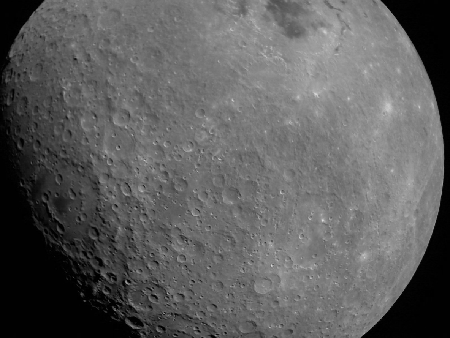Satellite company switches from Falcon Heavy to Ariane 5
Capitalism in space: The communications satellite company Ovzon has switched from SpaceX’s Falcon Heavy to Arianespace’s Ariane 5 for the launch of its first wholly owned satellite in 2021.
In an interview Aug. 24, Ovzon CEO Magnus René told SpaceNews the company received a more appealing launch offer from Arianespace. “It’s nothing political or anything like that, it’s not that we don’t trust SpaceX — it’s just that we could get a better deal in cost and time and so on from Ariane at this time,” René said.
SpaceX charges $100 million for a Falcon Heavy launch, about the same as Arianespace charges for one of the two berths on its Ariane 5. Arianespace must have therefore cut its standard price to make it more attractive, and win the deal.
Ain’t competition wonderful? Governments have been trying (and failing) to get us into space for half a century, using the model of international cooperation. Introduce some competition and suddenly it becomes both easier and cheaper to do it. Who woulda thunk it?
Capitalism in space: The communications satellite company Ovzon has switched from SpaceX’s Falcon Heavy to Arianespace’s Ariane 5 for the launch of its first wholly owned satellite in 2021.
In an interview Aug. 24, Ovzon CEO Magnus René told SpaceNews the company received a more appealing launch offer from Arianespace. “It’s nothing political or anything like that, it’s not that we don’t trust SpaceX — it’s just that we could get a better deal in cost and time and so on from Ariane at this time,” René said.
SpaceX charges $100 million for a Falcon Heavy launch, about the same as Arianespace charges for one of the two berths on its Ariane 5. Arianespace must have therefore cut its standard price to make it more attractive, and win the deal.
Ain’t competition wonderful? Governments have been trying (and failing) to get us into space for half a century, using the model of international cooperation. Introduce some competition and suddenly it becomes both easier and cheaper to do it. Who woulda thunk it?

